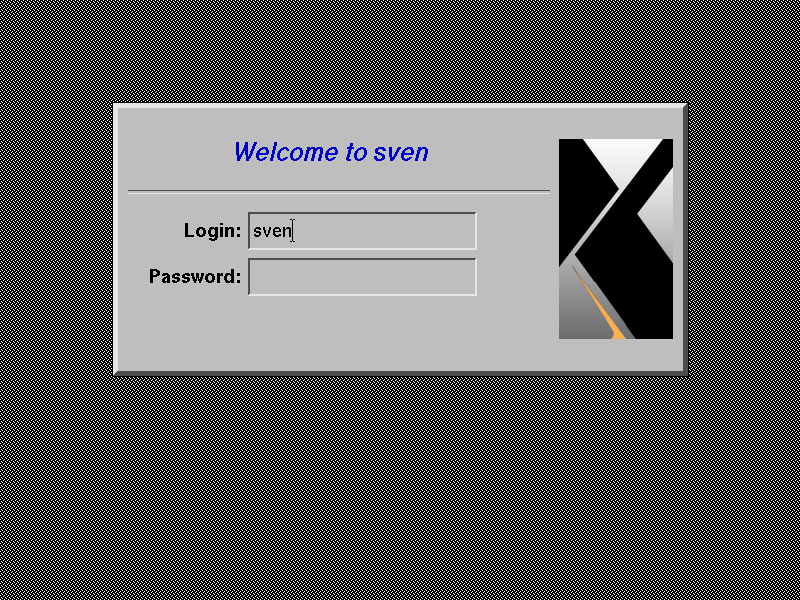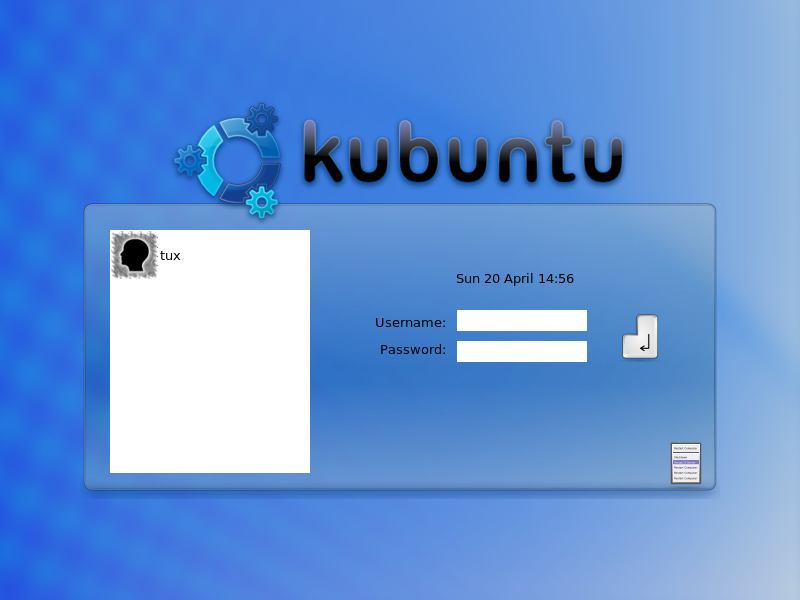Linux X display manager
X display manager includes three types:1.XDMXDM (in full, the X Window Display Manager) is the default display manager for the X Window System. It is a bare-bones X display manager. It was introduced
X display manager includes three types:
1.XDM
XDM (in full, the X Window Display Manager) is the default display manager for the X Window System. It is a bare-bones X display manager. It was introduced with X11 Release 3 in October 1988, to support the standalone X terminals that were just coming onto the market. It was written by Keith Packard.
Because of its lack of user-friendliness, users of GNOME, KDE, Enlightenment or Window Maker tend to use GDM, KDM, Entrance or wdm instead of XDM.
2.KDM
KDM (KDE Display Manager) is a graphical login interface for computers using Unix-like operating systems. It is the K Desktop Environment replacement for XDM, the default X display manager (from which it was originally developed). KDM allows users to pick their session type on a per-login basis. Like KDE, it uses the Qt toolkit and can be configured from the KDE control center. It also allows theming and user photos.
3.GDM
GDM (the GNOME Display Manager) provides a simpler alternative display manager for the X Window System's XDM.
The X Window System by default uses the XDM display manager. However, resolving XDM configuration issues typically involves editing a configuration file. GDM allows users to customize or troubleshoot settings without having to resort to a command line. Users can pick their session type on a per-login basis. GDM also features easy customization with themes.
更多推荐
 已为社区贡献5条内容
已为社区贡献5条内容






所有评论(0)